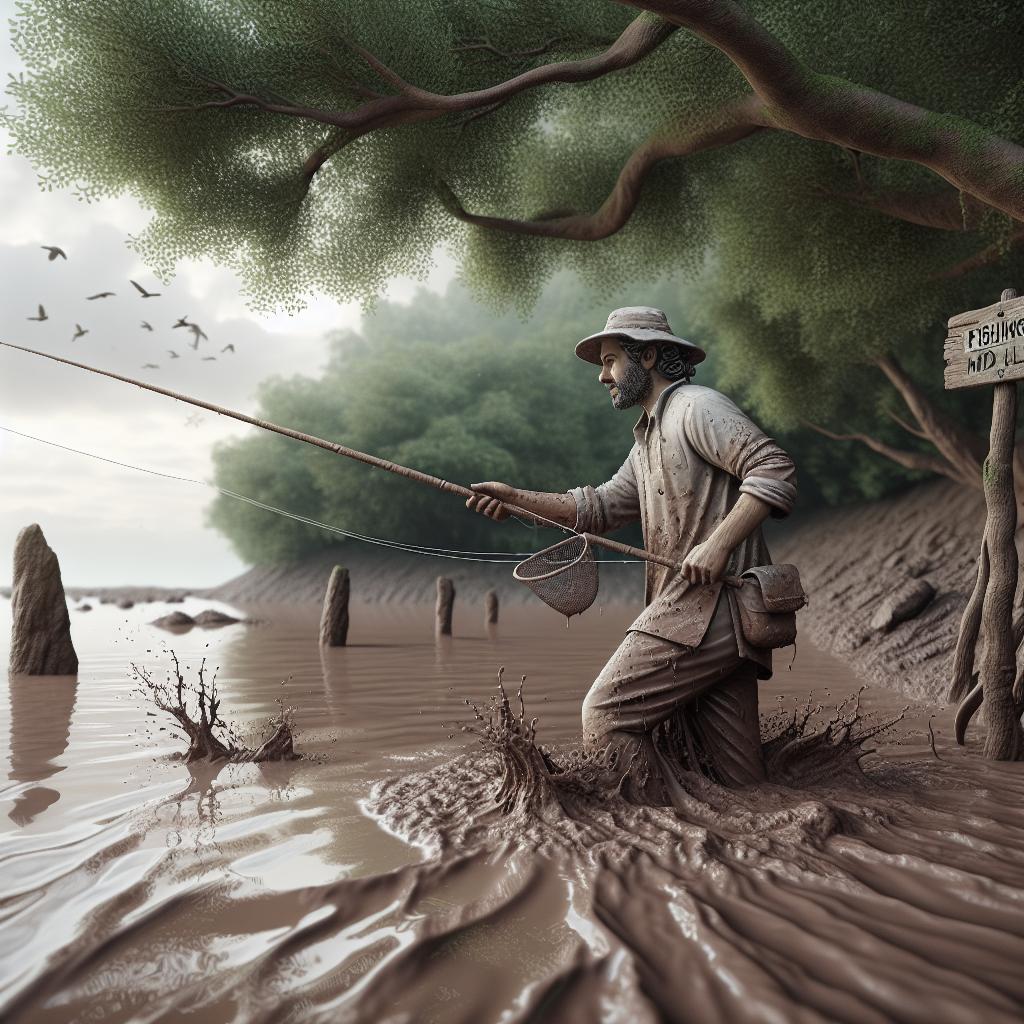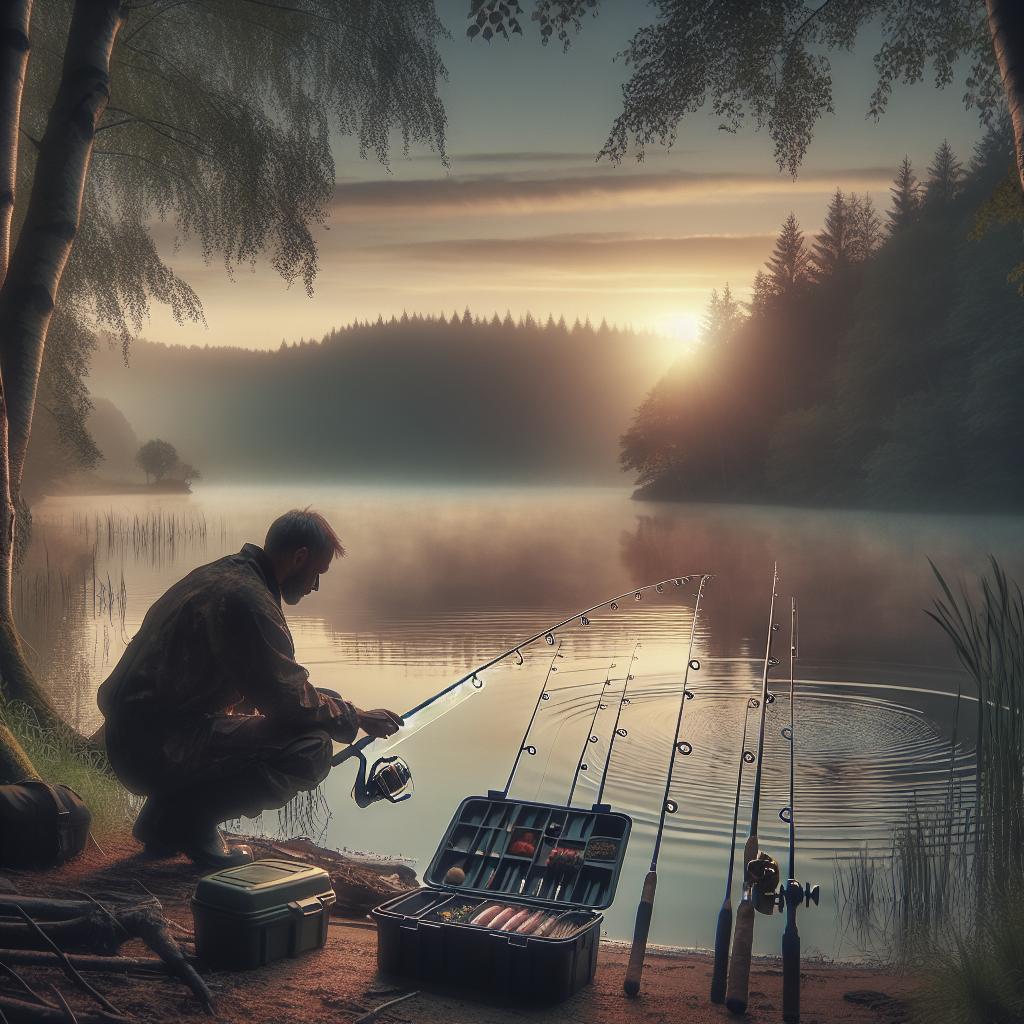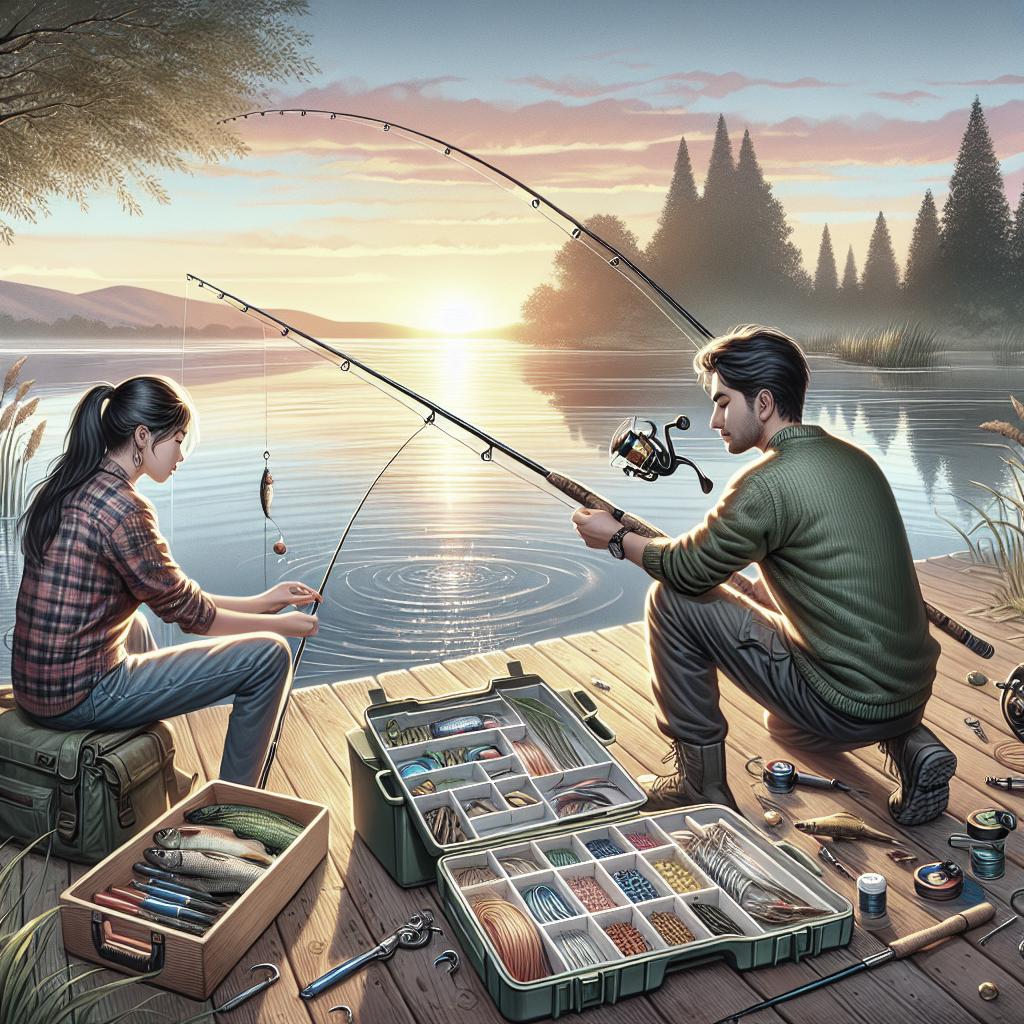“`html
How to Fish in Muddy Waters
Fishing in muddy waters can pose a unique set of challenges, but it can also yield rewarding results when approached with the right techniques. This blog post explores effective strategies to enhance your fishing experience in opaque environments. It starts by explaining the importance of creating noise to attract fish and moves onto selecting the right color baits that stand out in murky conditions. The guide also emphasizes the necessity of fishing close to cover areas, where fish are more likely to hover. Lastly, we discuss optimizing your retrieval speed to adapt to the reduced visibility and different water conditions. By integrating these strategies, anglers can transform muddy waters from a daunting obstacle into a productive fishing ground, thus increasing their chances of a successful catch.
Make Some Noise
In muddy waters, visibility is significantly reduced, which affects how fish hunt for their prey. Sound becomes an essential tool in attracting fish, as they rely more on their lateral line—a sensory organ that picks up vibrations—than on sight. By making noise, you can create disturbances that mimic struggling prey, drawing fish toward your lure or bait. Various fishing tools and techniques can help in this regard, from rattle baits that create clinking sounds to topwater plugs that splash and buzz across the surface.
Besides using noisy lures, anglers can apply techniques such as thumping the boat floor or intentionally hitting the water’s surface with their rod tip. This generates vibrations and sounds that emulate natural water movement, increasing your attractiveness to nearby fish. However, it’s essential to strike a balance between being loud enough to attract fish and not so thunderous as to scare them away.
Use The Right Color Baits
Choosing the right bait color is crucial in muddy water because, when visibility is low, fish rely on contrast rather than color distinction. Bright and vibrant baits, such as fluorescent chartreuse, hot pink, or bright orange, can be particularly effective as they stand out against the murky backdrop. Moreover, darker shades, like black or blue, can be surprisingly potent. They create sharp silhouettes that are more easily detected by fish against any light coming through the water surface.
Experimenting with different color combinations can also bring positive results. Some anglers find success using baits with dual-tone colors—one side bright and the other dark—to maximize visibility. Choosing the right bait color might involve some trial and error, as water conditions and fish behaviors can vary greatly between locations and weather conditions. Observing what works and adapting based on immediate results can significantly enhance your success rate.
Fish Tight To Cover
In murky waters, fish tend to seek shelter in or near covers such as submerged logs, rocks, or aquatic vegetation. These structures offer protection from predators and strong currents while providing ample feeding opportunities. By positioning yourself near these areas, you greatly increase your chances of encountering fish. Approaching cover with precision is a critical skill, as landing your bait accurately reduces the risk of snagging while keeping your offerings in the fish’s visual and sensory range.
Moreover, using tools such as fish finders can help locate submerged structures that are hard to see in muddy conditions. Pay close attention to the edges of weed beds, drop-offs, or where water currents interact with stationary structures, as these spots are prime locations for fish to congregate. Patience is key when fishing in these areas, as fish might be temporarily spooked by your initial cast but could settle down and strike opportunistically.
Be Aware Of Your Retrieval Speed
In muddy waters, altering your retrieval speed can make a significant difference. Fish may have difficulty detecting fast-moving baits due to limited visibility. Slowing down your retrieval pace allows your lure to stay longer in the fish’s sensory field, giving them a better chance to detect, approach, and ultimately strike. Start with a slower pace and gradually adjust based on the fish’s reaction, factoring in any specific tendencies of the species you’re targeting.
Using retrieval patterns that pause or bounce can also be beneficial. By intermittently stopping your lure or jig, you can mimic the behavior of struggling prey, which could entice inactive or weary fish to investigate. Additionally, experimenting with weight sizes and lure buoyancy can offer nuanced control over lure action, aiding in simulating natural movements that might appeal to different fish species.
Future Prospects
| Strategy | Key Points |
|---|---|
| Make Some Noise | Use sound-generating lures and deliberate noise techniques to attract fish by targeting their sensitivity to vibrations. |
| Use The Right Color Baits | Opt for bright or contrasting colors that stand out and are easily detectable in low-visibility conditions. |
| Fish Tight To Cover | Focus on areas with natural cover that provide fish sanctuary and feeding spots, enhancing your chances of a successful catch. |
| Be Aware Of Your Retrieval Speed | Adjust retrieval speed to suit conditions, maximizing the lure’s appeal to the fish’s altered perception in the murky water. |
“`


